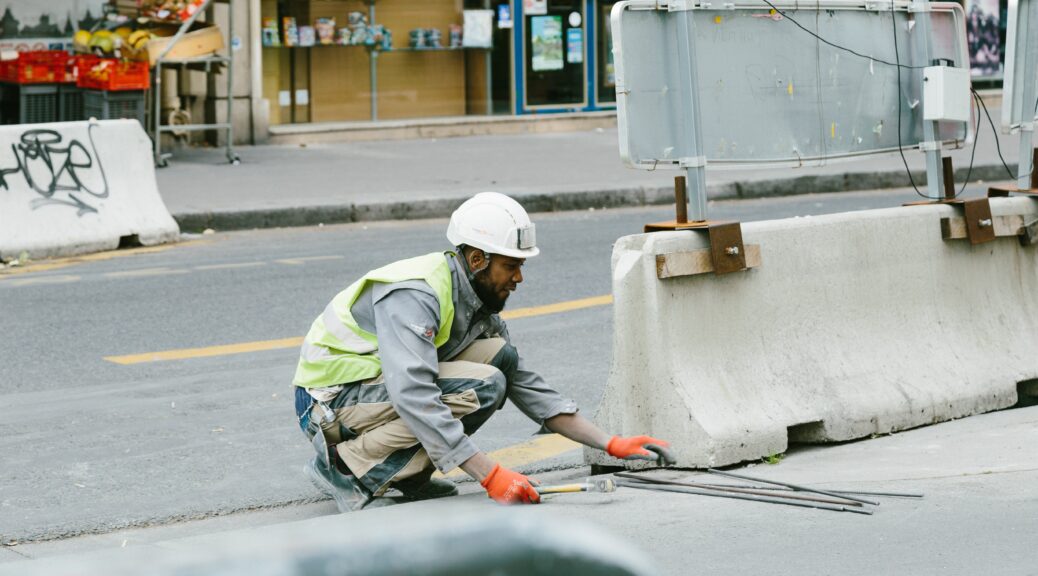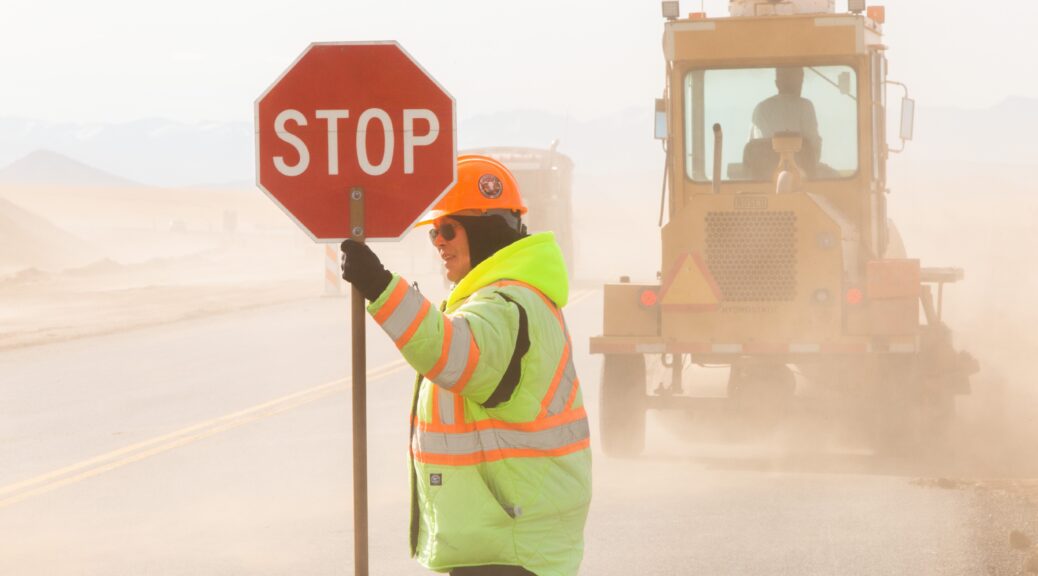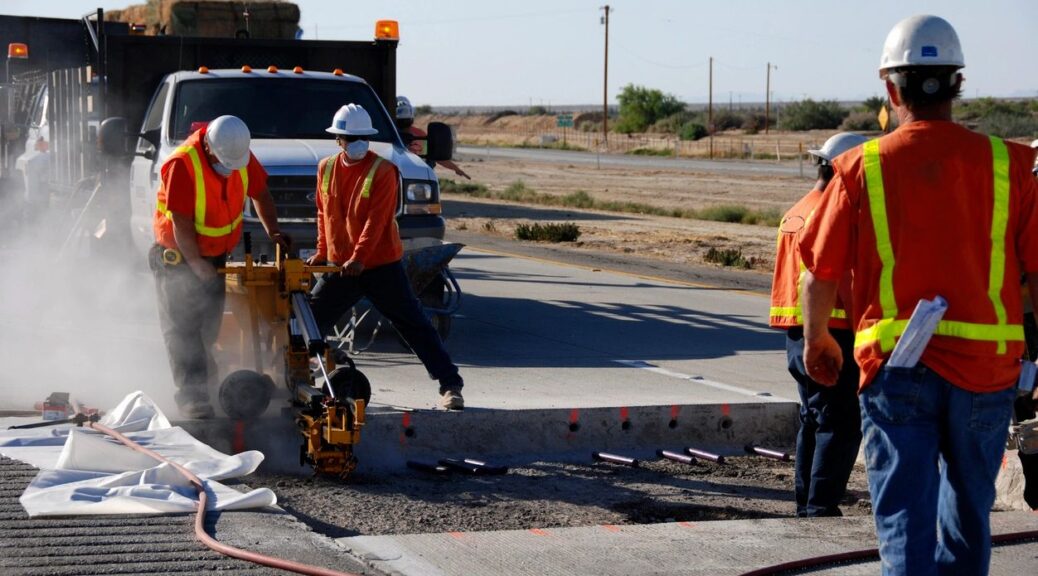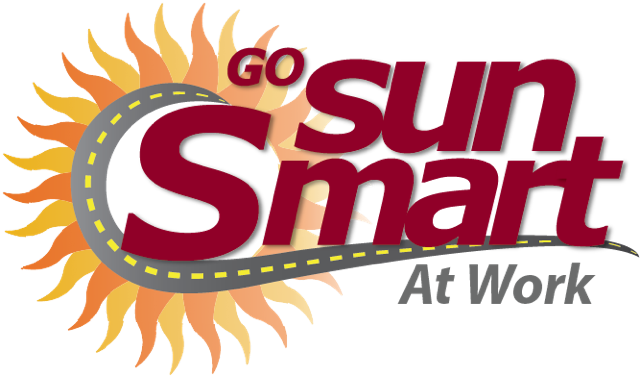Baseline Survey of Managers on Occupational Sun Protection in a Randomized Trial of Scale-up
Scale-up is the effort to increase the impact of successful prevention interventions to benefit more people on a lasting basis. Successful and affordable methods for scaling-up evidence-based programs are needed to prevent skin cancer among adults, particularly those who work outdoors in the sun.
Dr. David Buller, Director of Research at Klein Buendel, presented baseline findings from the scale-up of an occupational skin cancer prevention program at the 42nd Annual (Virtual) Meeting & Scientific Sessions of the Society of Behavioral Medicine, April 12-16, 2021.
A randomized trial is being conducted to compare two methods of scaling up, nationwide, an effective occupational sun protection intervention, Sun Safe Workplaces, that promotes policy and education for outdoor workers. Departments of Transportation (DOTs) from 21 U.S. states are participating and their 138 regional districts were randomized following baseline assessment. The state DOTs range in size from 997 to 18,415 employees. At baseline, 1,113 managers (49.0%) completed the pretest. Managers were generally supportive of occupational sun safety policy, but also felt employees should take action on their own on sun protection. A minority reported that their DOT had a written policy or standard operating procedure on occupational sun protection. Just over half reported that the DOT provided training on sun safety to employees and/or managers and supervisors. About two-thirds reported that the DOT provided messaging on sun protection and sun protection resources, such as sunscreen, clothing, hats, or eyewear. Other sun safety actions were less commonly reported (for example, provision of shade, UV Index monitored and outdoor work activities adjusted, or employees encouraged to regularly check skin for signs of skin cancer.
Occupational sun exposure receives some attention at DOTs, mainly in the form of training and provision of sun safety resources. However, it appears that several employees may not be practicing sun protection because of lack of policy and/or sun safety prevention efforts. Policy on occupational sun safety is less common, despite the link of solar UV to skin cancer. Health promotion approaches that incorporate policy with education might help to improve implementation of sun safety at the workplace.
This research project (CA210259; Dr. David Buller, Principal Investigator) is funded as part of the National Cancer Institute’s Cancer Moonshot Initiative, which aims to accelerate cancer research in order to make more therapies available to patients, while also improving the ability to prevent cancer and detect it at an early stage. Collaborators on the conference presentation include Dr. Richard Meenan from Kaiser Permanente’s Center for Health Research, Dr. Gary Cutter from Pythagoras, Inc., Dr. Sherry Pagoto from the University of Connecticut, and Ms. Mary Buller, Ms. Julia Berteletti, Ms. Rachel Eye, and Dr. Barbara Walkosz from Klein Buendel. This baseline data is published in Contemporary Clinical Trails.
Listen to the Research Spotlight presentation.





